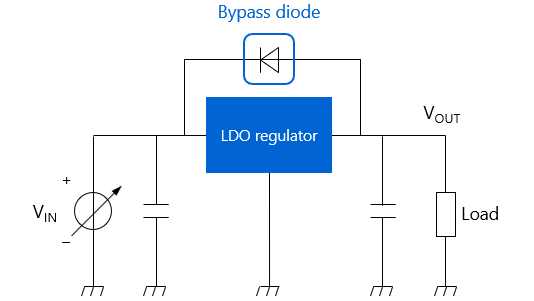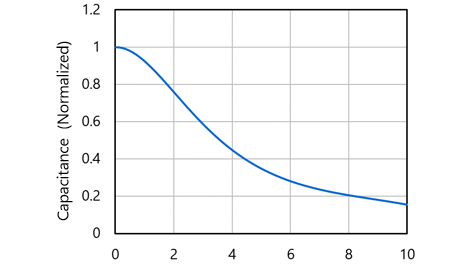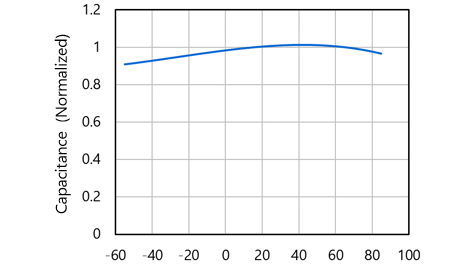- 型号 & 关键词搜索
- 交叉搜索
- 参数搜索
- 库存查询与购买
This webpage doesn't work with Internet Explorer. Please use the latest version of Google Chrome, Microsoft Edge, Mozilla Firefox or Safari.
请输入3个以上字符 Search for multiple part numbers fromhere.
The information presented in this cross reference is based on TOSHIBA's selection criteria and should be treated as a suggestion only. Please carefully review the latest versions of all relevant information on the TOSHIBA products, including without limitation data sheets and validate all operating parameters of the TOSHIBA products to ensure that the suggested TOSHIBA products are truly compatible with your design and application.Please note that this cross reference is based on TOSHIBA's estimate of compatibility with other manufacturers' products, based on other manufacturers' published data, at the time the data was collected.TOSHIBA is not responsible for any incorrect or incomplete information. Information is subject to change at any time without notice.
请输入3个以上字符
5-1.LDO稳压器的使用注意事项
本节说明系统设计使用LDO稳压器的注意事项。
LDO稳压器反向偏置条件(即输出电压高于输入电压)
如果LDO稳压器输出电压高于输入电压,则电流从输出引脚反向流向输入引脚。这种反向偏置情况会影响或损坏LDO稳压器。如果可能出现这种情况,请在VIN 和VOUT引脚之间连接旁路二极管,如图1所示,或在电源和VIN引脚之间加反向电流阻断二极管,如图2所示。
使用反向电流阻断二极管时,应注意二极管正向电压(VF)产生的压降,以确保LDO稳压器在输入电压范围内正常工作。应选择具有正向电压(VF)和漏电流(IR)较低的二极管,同时考虑反向偏置电压(VR)和正向电流(IF)的降额。


使用陶瓷电容器平滑输出电压
陶瓷电容器是LDO稳压器的理想选择,因为小型陶瓷电容器可与大型电容器和小型等效串联电阻(ESR)结合使用。不过,陶瓷电容器的容值取决于电压和温度,如下所示。特别是,输出电容的容值会极大地影响LDO稳压器负反馈运行。一定要考虑电压和温度进行系统全面评估。


以下链接也介绍使用陶瓷电容平滑输出电压的注意事项:
应用说明:Basics of Low-Dropout (LDO) Regulator ICs
应用说明:Mechanism of LDO Oscillation and Reducing the Susceptibility to Oscillation
- 1/1
相关信息
- 产品
低压差稳压器(LDO稳压器) - 应用说明
应用说明 - FAQ
LDO稳压器 - 参数搜索
LDO稳压器 - 库存查询与购买
库存查询与购买

